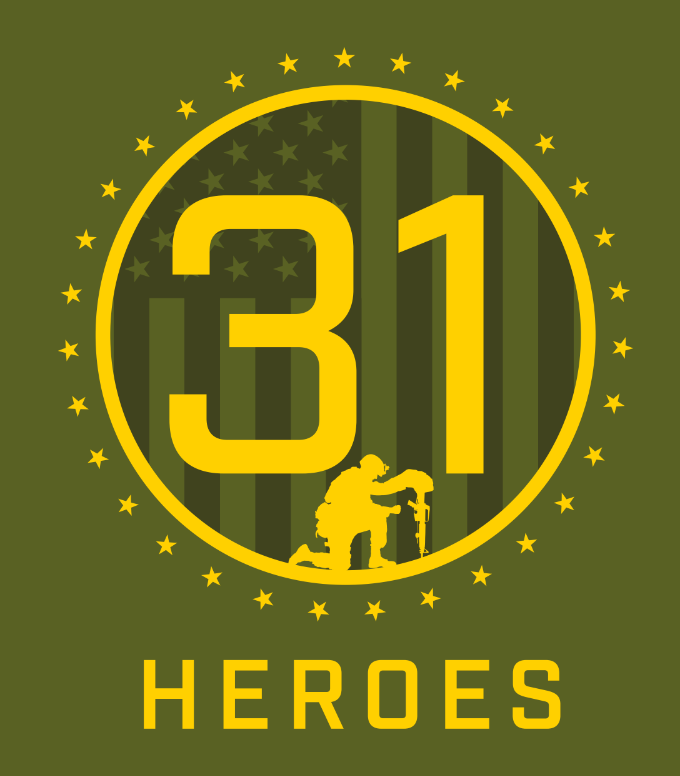Passing
It is important for an intermediate player to continue to work on his passing every day. Using the beginner drills that this site outlines is a good way for an intermediate player to warm up or practice on his own every day. One-armed passing is a great way for an intermediate player to continue to strengthen his forearms for shooting and overall stick control.
Error: No videos found.
Make sure this is a valid channel ID and that the channel has videos available on youtube.com.
There are a few more advanced passing techniques that an intermediate player can learn. The first is passing with a three-quarter-arm motion. This means that instead of passing with the stick head straight up in the air and passing with a completely over-the-top motion, the player will drop the stick head slightly off his shoulder and throw with the stick pointing to the sky at a 45-degree angle.
Many players at the top levels shoot with their sticks at a 45-degree angle because it gives them many advantages. First, it hides the ball from the goalie much like an overhand shot, while also allowing the player to get more velocity on his shot. Also, passing with a three-quarter motion is easier to do on the run than a direct overhand throwing motion. Intermediate players can begin to incorporate three-quarter motion into their wall ball, passing with a partner, and line drills.
Make it Snappy!
The next passing technique that an intermediate player should learn is sidearm passing. Many coaches tell their players to never throw sidearm. While at times, passing sidearm is unnecessary and can be a little less accurate, it can still be an important skill for a player to have. It makes it easier to throw around defenders, can add some extra power to a player’s shot, and can be a good change-up for a shot on the run. Instead of yelling at players and telling them not to throw sidearm, coaches should help them learn how to do it correctly and encourage them to use it in the right situations. Make sure they practice before using the sidearm throw in game situations. Like learning overhand, they should practice passing sidearm with a friend or against a wall with one and two hands. When passing sidearm, players have to understand that it is more a flick of the wrist than anything else. This is why it is extremely important for them to extend their arms and have their hands away from their body when they throw sidearm.
The final throwing motion that an intermediate player should learn is the underhand pass. Learning to throw underhand can come in helpful when making a quick pass off of ground balls. It is also a great shot for a player to have in his repertoire. Like three-quarter and sidearm passing, it is important to practice passing one-handed with one and two hands against a wall or with a partner. Much like passing sidearm, passing underhand is mostly just a flick of the wrists with the hands extended away from the body. The head of the stick is dropped below the waist and can almost turn completely upside down depending on how good the player gets at passing underhand. The underhand shot can be highly effective for fooling goalies. Dropping your stick and shooting a low-to-high shot is a great way for a player to change it up on a goalie.
With all of these passing techniques, the player must learn to always start with his stick in the “ready position”. Most intermediate players will try to begin their passing motion with the head of their stick starting at the wrong point. Whether passing three quarters, sidearm, or underhand the head of the stick should always start-up by the player’s head and execute the same push/pull motion described in the beginner section. The further a player gets away from passing overhand, the less accurate he becomes.
Coaches should not discourage players from using these techniques because all of these passing motions give them more options and make them well-rounded lacrosse players. The fact is that to be good at them, the player has to practice frequently. Players do not miss the goal or throw the ball out of bounds because they throw underhand or sidearm. They make these mistakes because they do not practice these passing motions enough. Encourage them to work on these passing motions in practice and on their own and help them understand different situations when it is advantageous to use them. If they understand that overhand is the most accurate way to throw, but sidearm is a good way to throw around your defender, then they will use sidearm sparingly with good judgment. Remember, the more players can do with their sticks, the more fun they are going to have playing lacrosse. Encourage them to experiment and have fun with the game. And don’t forget to practice these skills with both hands. After you learn how to throw well utilizing these fundamentals, then you can move on to some of the more advanced skills.
KEYS
- Always start from the ready position
- Practice without a ball first, then with one hand, two hands, and so on
- Bad Habits: dropping the head of the stick before passing
